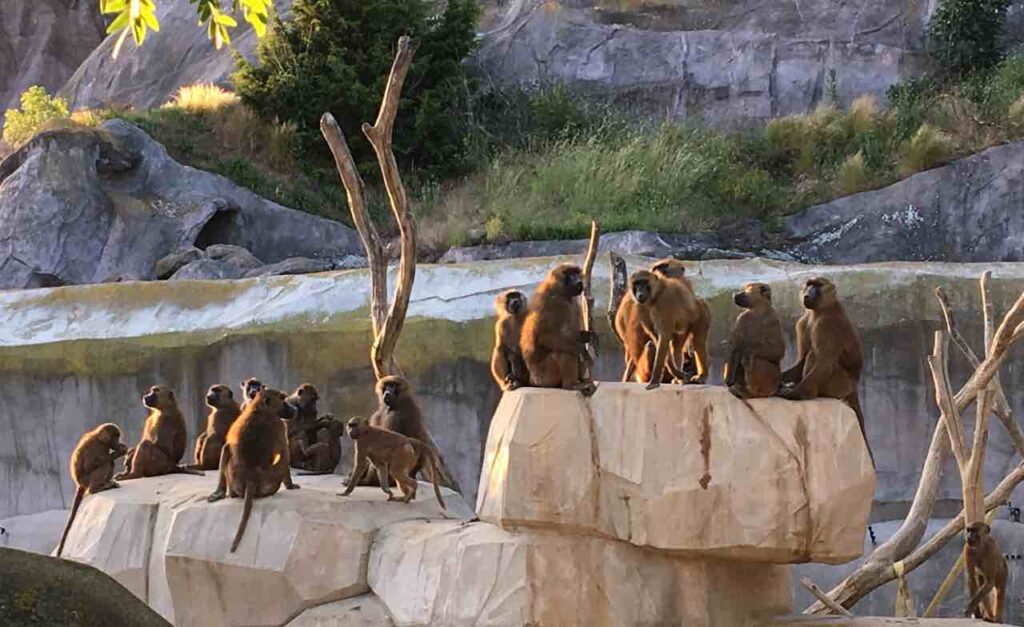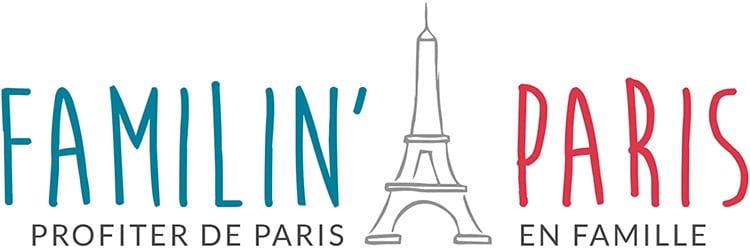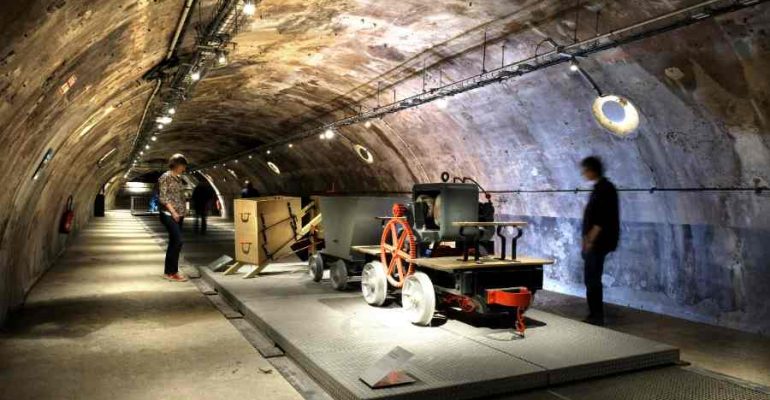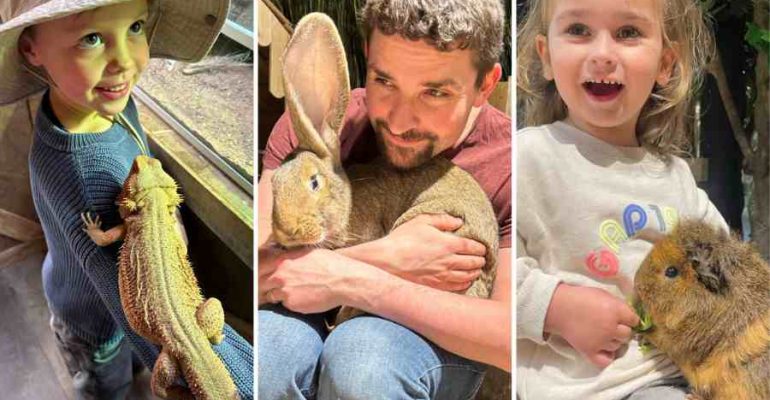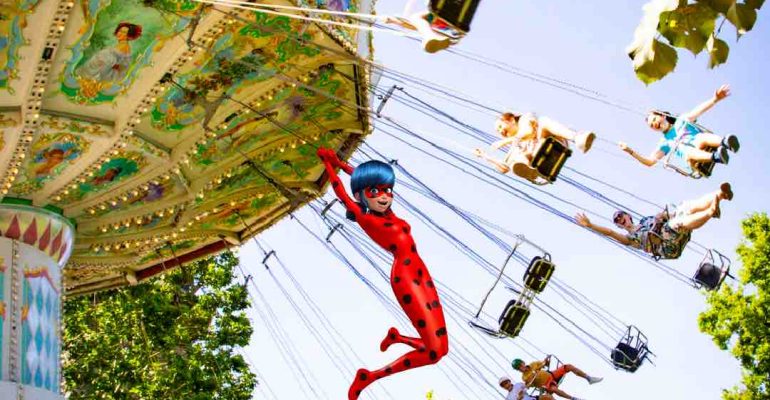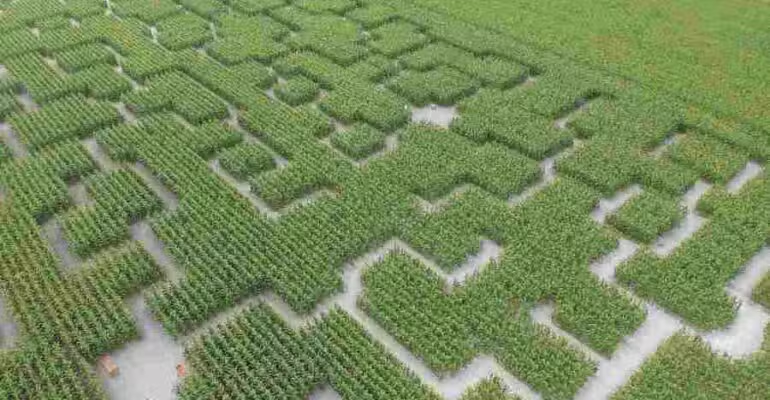– A MUST-HAVE WITH THE FAMILY –
(free for children under 3 years old)
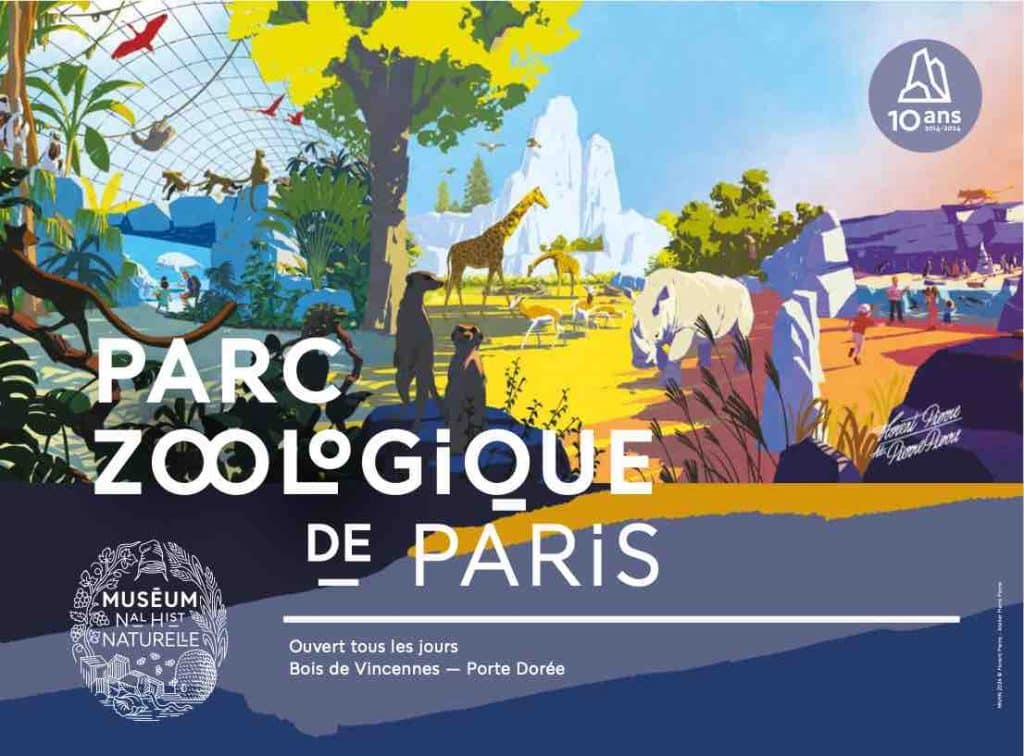
Zoological parks are no longer just places of entertainment and amusement as in the past. They have missions such as the conservation of endangered species.
The Paris Zoological Park in figures
- 255 species and 3,000 animals
- Pink notebook: 231 births in 2021
- The new arrivals: two roan antelopes, a species to be protected
- 34 research and conservation projects
- 691 sponsors for 25 species sponsored
- 72 departures, including 1 for reintroduction (griffon vulture)
What animals can be seen at the Zoological Park?
- It is difficult to list them as the diversity is so great!
- Among the 180 species present, we can mention: giraffes, rhinoceroses, ring-tailed lemurs, seals, young lions, wolves, lynxes, otters, jaguars, monkeys…
- Also macaws, penguins, pumas, birds, lizards, snakes, tarantulas, frogs, fish…
Useful information
- Open every day of the year, including public holidays
- In the 12th arrondissement in Paris (Bois de Vincennes)
The Paris Zoological Park
- Formerly known as the Paris Zoo, it was completely redesigned and refurbished a few years ago, with respect for animal welfare. The renovation is very successful!
- The Paris Zoological Park is organized into five biozones spread over 14 hectares: the plains of Sudan (4.5 hectares), the rocky coasts of Patagonia, the forests of Europe and the tropical climates of French Guiana and Madagascar
- The animals live at the Parc zoologique de Paris in landscaped areas that evoke their original eco-system
- It is good to walk there with the family. It’s one of the children’s favourite outings!
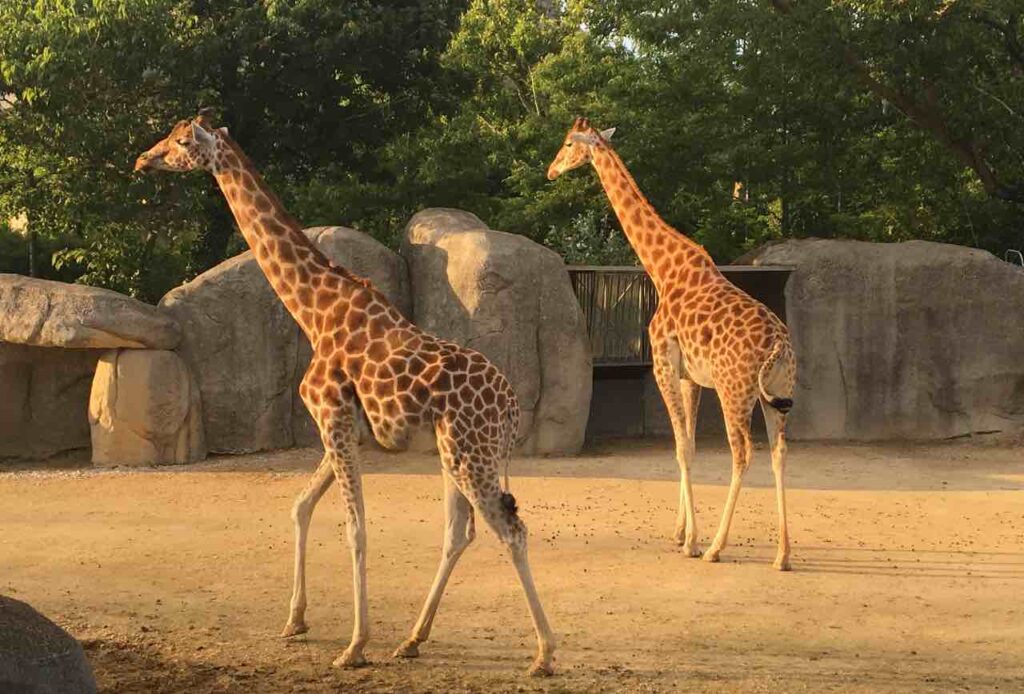
Good deal, save by buying 2 attractions at the same time
Animal feeding (all year round)
- Feeding animals (otters, lions, penguins, baboons, vultures, etc.)
- It is open to the public, every day of the week, with small 15-minute commented sessions with the keepers
- The entire feeding program
The wild rendezvous of the Zoological Park
- Wild rendezvous: for a weekend, fun and educational activities to be as close as possible to the animals.
- Each month, these meetings allow you to learn more about a species: wolves, manatees, giraffes, lions, bats, rhinoceroses, otters…
- These Wild Meetings also allow you to meet specialists, with the teams in charge of animals, and to go behind the scenes. Manual activities and tales are offered to children
- Rendez-vous sauvage Printemps: (date not communicated)
- Wild Summer Rendez-vous: (date not communicated)
- Wild Rendez-vous Autumn: (date not communicated)
- Wild rendezvous are accessible without reservation with the classic entrance ticket for the Parc zoologique de Paris
The barefoot course at the zoo (all year round)
- It is a 225 m course made up of squares of materials (pine needles, limestone, mulch, mud, clay, etc.) that alternate soft, rough, spicy sensations…
- It’s a very fun experience whose goal is to feel, under the soles of the feet, the different floors that line the animal enclosures
- We take off our shoes and barefoot (we don’t cheat and we also take off our socks), we walk from square to square: it stings (pine needles), it’s very soft (the lawn), it’s warm (the slate), it hurts a little (the gravel and the pine cones)…
- We walk on wooden trunks, trying not to put our feet on the ground (like animals that move from branch to branch)
- Beyond the sensory experience, this course helps us to better understand what animals evolve on and how they adapt to the environment
- Water fountains are provided at the end of the course to rinse your feet)
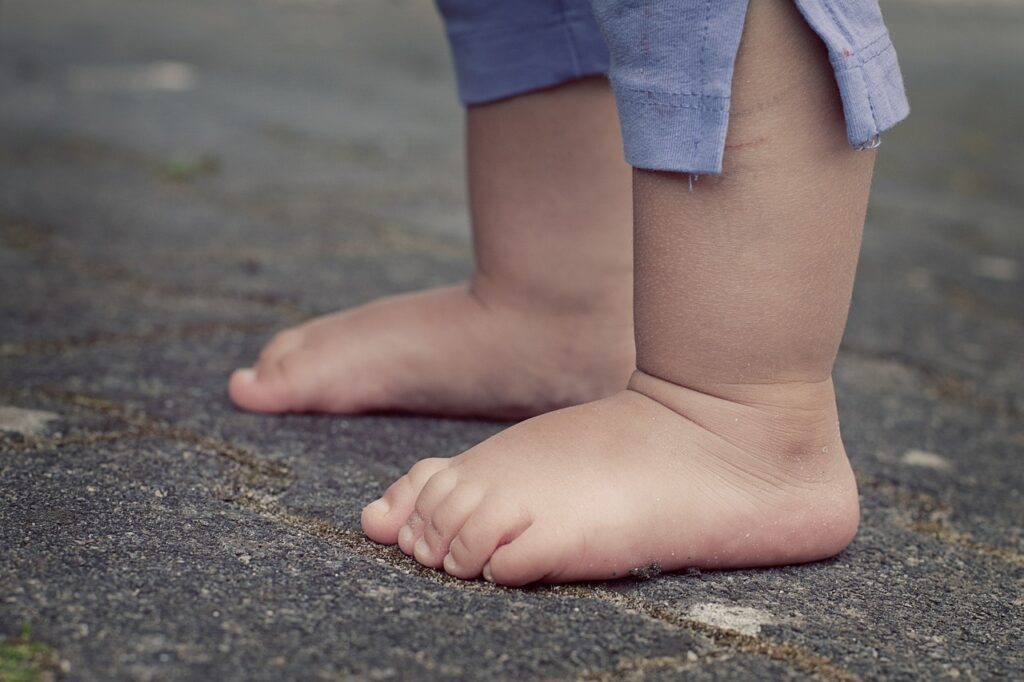
The nocturnal openings of the Zoological Park
- Visit the Vincennes Zoo in a different way on the occasion of the Nocturnes of the Paris Zoological Park
- Watch the animals go to bed with commentary from the keepers
- Picnic possible in the heart of the biozones.
- Dedicated night route to see the park’s animals still visible, such as bats flying freely in the large greenhouse.
Species conservation programs
- Like most major zoos in the world, the Parc zoologique de Paris works for the conservation of species
- Among them are the lemurs of Madagascar, the otters of Europe, the pumas of Patagonia and the manatees
- The Paris Zoological Park is also a place of research and education for the respect of biodiversity
- It also has an educational role
